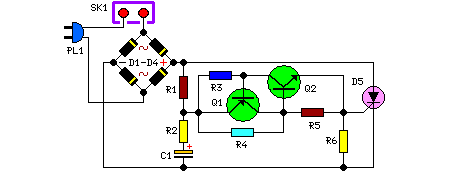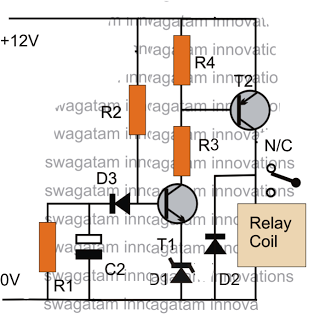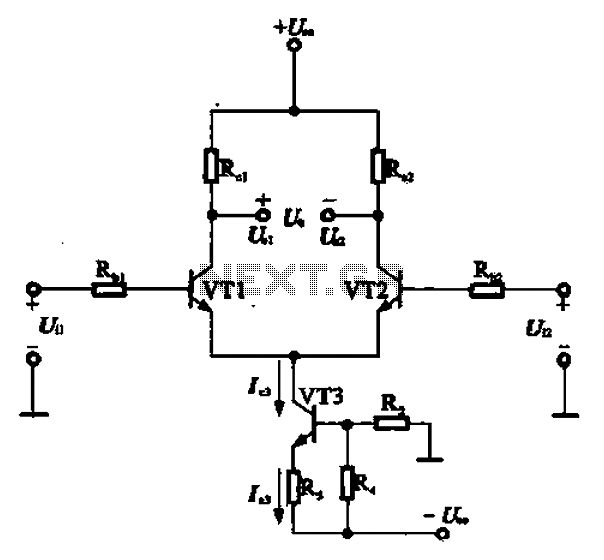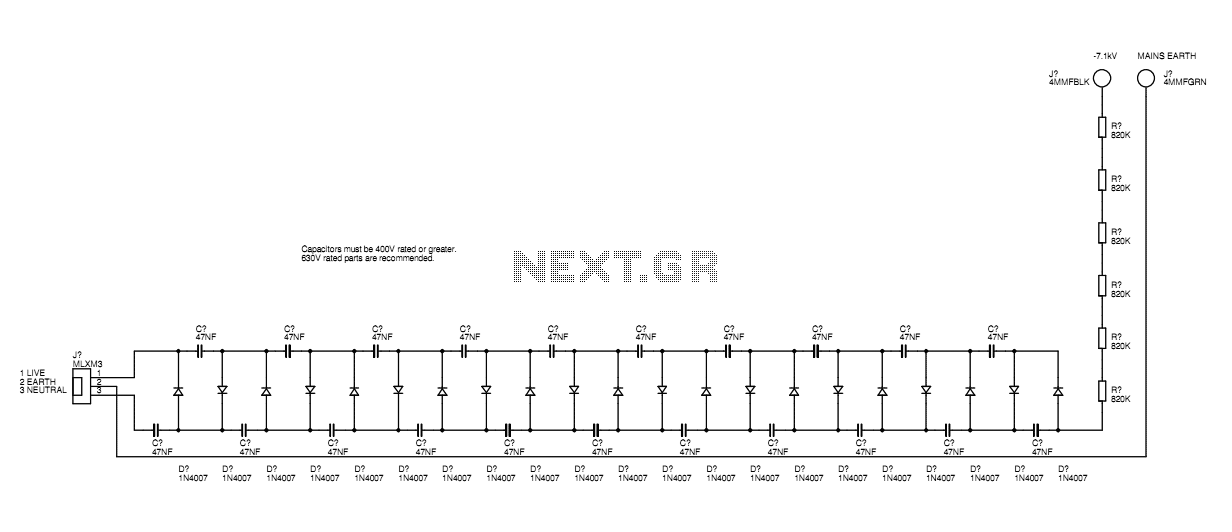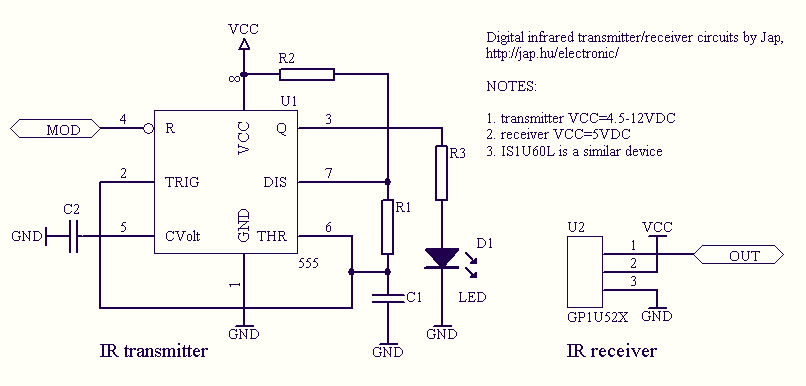
Current Source For Resistance Measurements Circuit

Useful for low-resistance measurements, this 1-A current source will produce 1 A in unknown resistance Rx. For best results, Rc should be less than 1 to 2, because only 3 V are available. Ul is a flyback converter to generate 9 V for U2.
The described circuit comprises a 1-A current source designed specifically for low-resistance measurements, where the primary objective is to accurately determine the resistance of an unknown resistor, Rx. The current source is capable of sourcing a constant current of 1 A, which is essential for obtaining precise resistance values. The implementation requires that the resistor Rc, which is part of the current source configuration, be selected with a value of less than 1 to 2 ohms. This specification is critical due to the limited supply voltage of 3 V available for the circuit operation, which can restrict the maximum achievable current and affect measurement accuracy.
The circuit utilizes a flyback converter, denoted as Ul, which is responsible for stepping up the voltage to 9 V for another component in the circuit, U2. Flyback converters are efficient power supply circuits that can provide isolated output voltages, making them suitable for applications where higher voltage levels are required from a lower input voltage. The 9 V output from the flyback converter can be utilized to power additional components or circuits that require higher voltage levels, ensuring that the overall system can function effectively.
In summary, the current source circuit is designed for low-resistance measurement applications, operating at a constant current of 1 A, with specific attention given to the resistor values to optimize performance under the constraints of a 3 V supply. The integration of a flyback converter enhances the circuit's versatility by providing necessary higher voltage levels for additional components. Useful for low-resistance measurements, this 1-A current source will produce 1 A in unknown resistance Rx. For best results, R,c should be less than 1 to 2, because only 3 V are available. Ul is a flyback converter to generate 9 V for U2. 🔗 External reference
The described circuit comprises a 1-A current source designed specifically for low-resistance measurements, where the primary objective is to accurately determine the resistance of an unknown resistor, Rx. The current source is capable of sourcing a constant current of 1 A, which is essential for obtaining precise resistance values. The implementation requires that the resistor Rc, which is part of the current source configuration, be selected with a value of less than 1 to 2 ohms. This specification is critical due to the limited supply voltage of 3 V available for the circuit operation, which can restrict the maximum achievable current and affect measurement accuracy.
The circuit utilizes a flyback converter, denoted as Ul, which is responsible for stepping up the voltage to 9 V for another component in the circuit, U2. Flyback converters are efficient power supply circuits that can provide isolated output voltages, making them suitable for applications where higher voltage levels are required from a lower input voltage. The 9 V output from the flyback converter can be utilized to power additional components or circuits that require higher voltage levels, ensuring that the overall system can function effectively.
In summary, the current source circuit is designed for low-resistance measurement applications, operating at a constant current of 1 A, with specific attention given to the resistor values to optimize performance under the constraints of a 3 V supply. The integration of a flyback converter enhances the circuit's versatility by providing necessary higher voltage levels for additional components. Useful for low-resistance measurements, this 1-A current source will produce 1 A in unknown resistance Rx. For best results, R,c should be less than 1 to 2, because only 3 V are available. Ul is a flyback converter to generate 9 V for U2. 🔗 External reference
